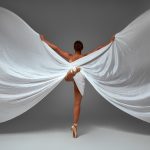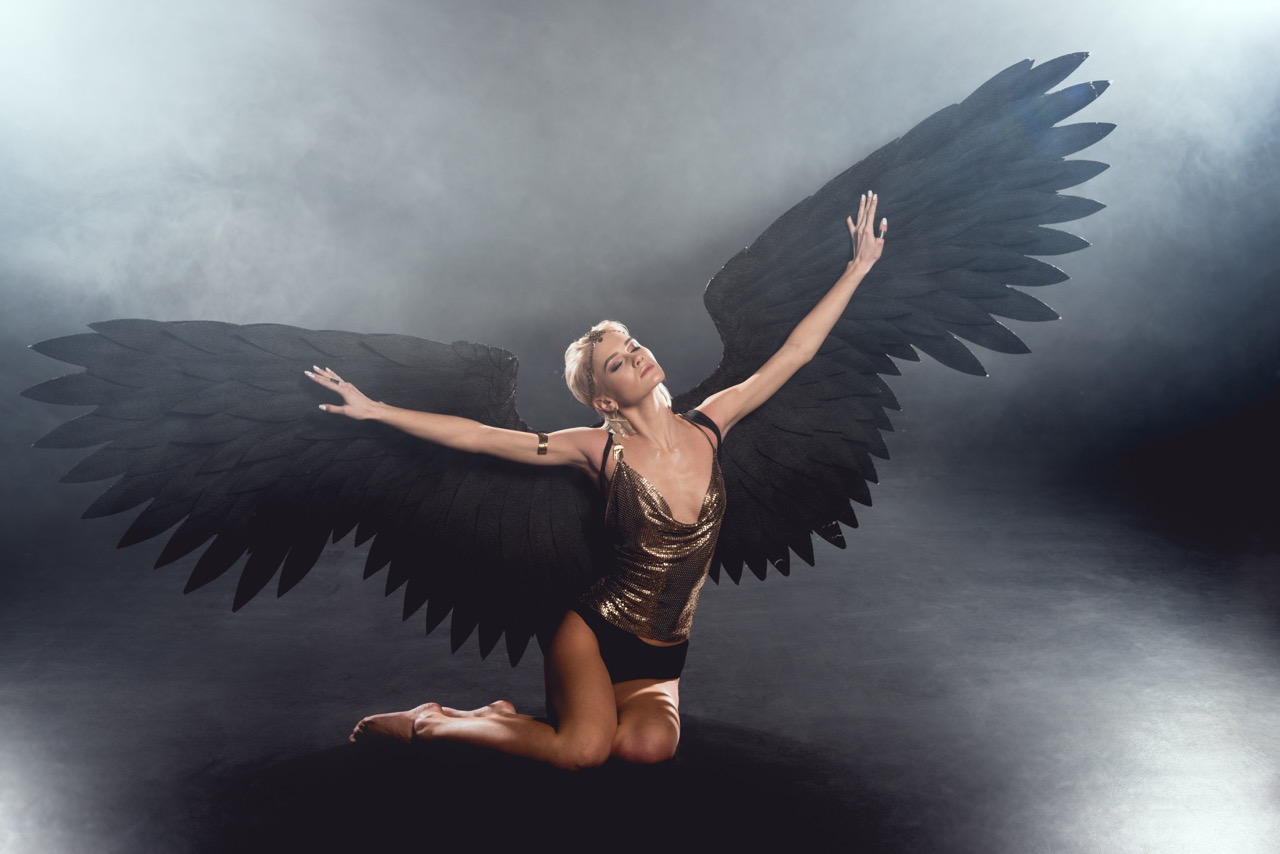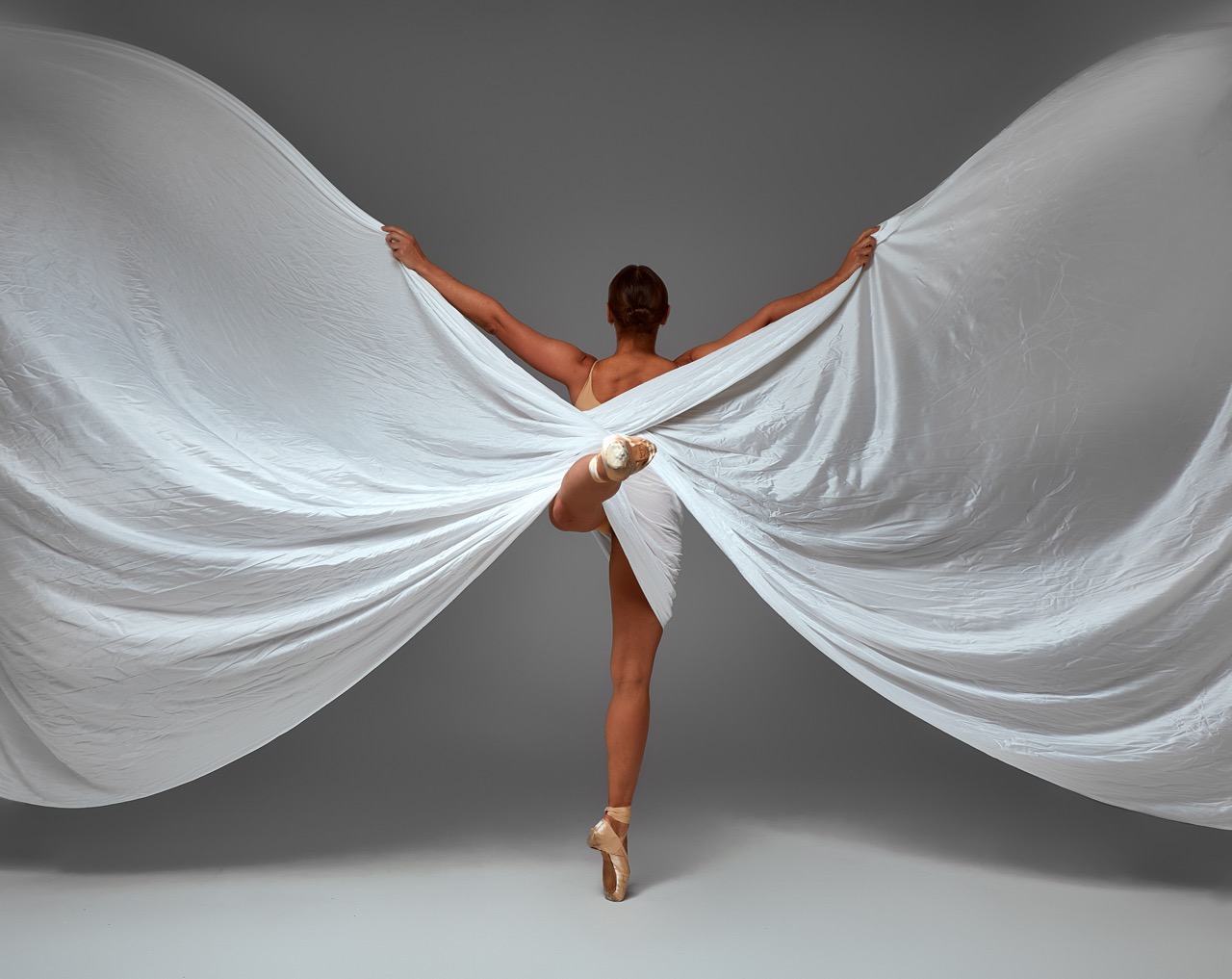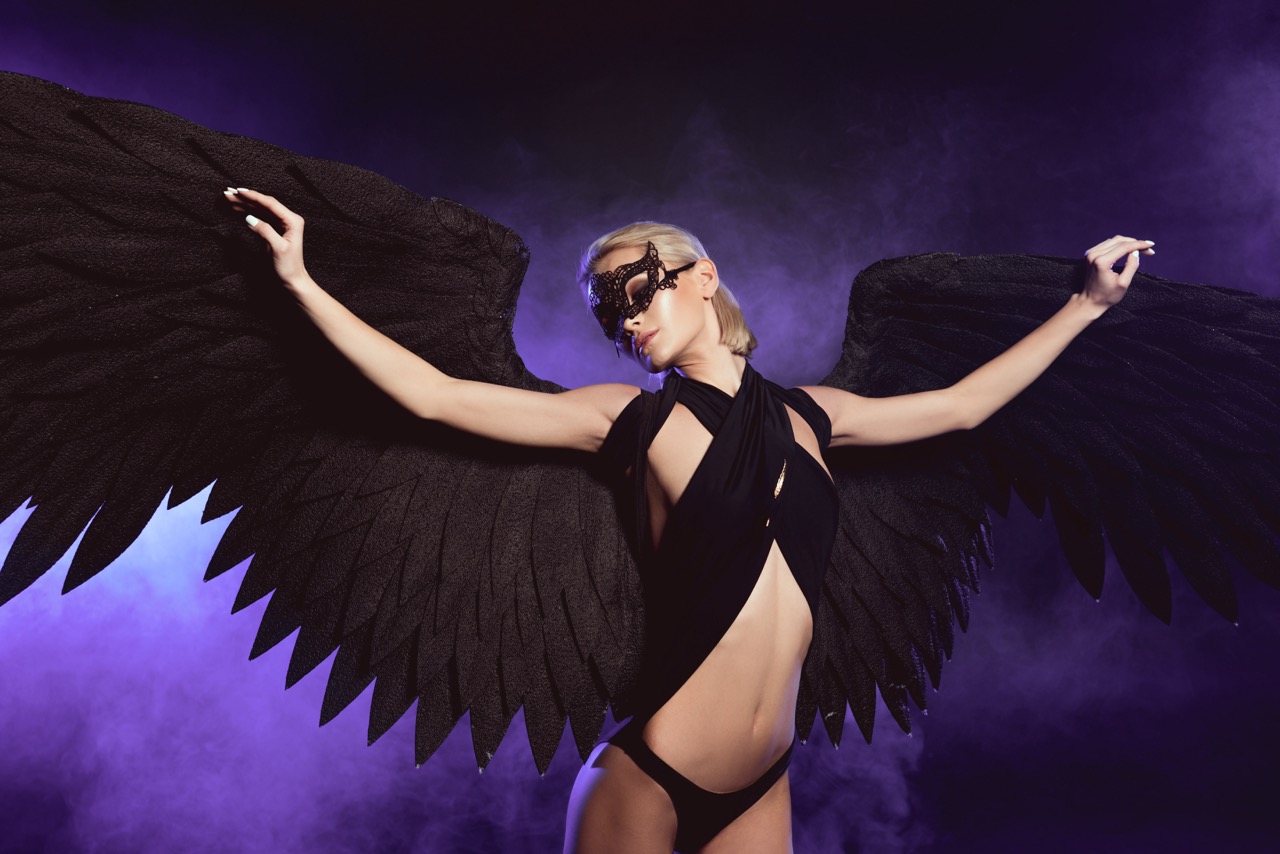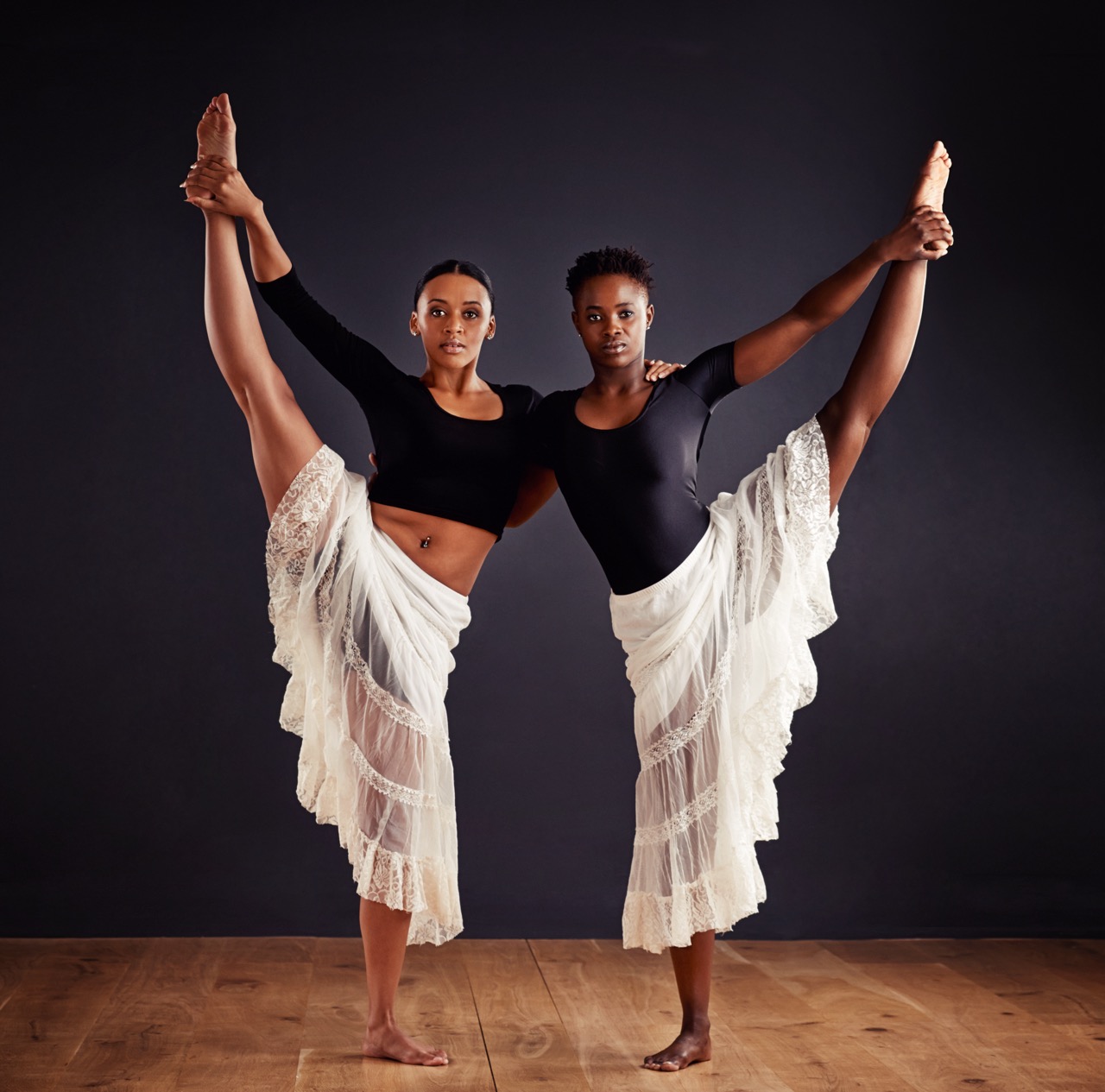In the realm of performing arts, the convergence of technology and artistry has given birth to innovative expressions that captivate audiences worldwide. The incorporation of smart technology into dance performances, particularly through the use of dance wings—costumes enhanced with light and color—has transformed how dancers communicate their narratives. With the advent of smart tech, choreographers and performers can now synchronize mesmerizing light displays with intricate dance movements, creating an immersive experience that transcends traditional performance boundaries. This article explores the integration of smart technology in dance wings, examining its role in illuminating movement, choreographing colors, and enhancing stage presence.
Illuminating Movement: The Fusion of Dance and Technology
The marriage of light and movement has always been a captivating element of performance art. Dance wings, traditionally used to enhance the visual impact of dance, have undergone a remarkable transformation with the integration of smart technology. These wings, equipped with LED panels and programmable lights, allow dancers to illuminate their every movement, creating a stunning visual narrative that complements their choreography. The ethereal glow of these lights not only enhances the aesthetic appeal but also plays a crucial role in storytelling, bringing to life the emotions and themes embedded in each performance.
The use of smart technology enables choreographers to design dynamic and responsive lighting effects that react to the dancers’ movements. Through the use of sensors and software, light patterns can shift seamlessly, accentuating the highs and lows of a performance. This level of interactivity deepens the audience’s engagement, as they are drawn into a world where the dancer’s physical expression is mirrored by a vibrant display of light. By utilizing smart tech, artists can explore new dimensions of performance, where movement and light exist as a cohesive unit, enhancing both the emotional and visual experience for viewers.
Moreover, the adaptability of smart tech in dance wings means that performances can be tailored to a wide array of themes and settings. Whether it’s a serene ballet or an electrifying contemporary routine, the programmable lights can shift in color and intensity, reflecting the mood of the piece. This versatility not only broadens the scope of artistic expression but also ensures that each performance remains unique, captivating audiences time and again. The fusion of dance and technology is not merely a trend; it’s a transformative evolution that expands the boundaries of creative possibilities.
Choreographing Colors: Smart Tech in Dance Wing Designs
The design of dance wings has evolved with the advent of smart technology, paving the way for a new palette of colors and effects that can be intricately woven into choreography. Gone are the days of static colors; with the use of programmable LEDs, dancers can now incorporate a spectrum of colors that change in real-time, choreographed to the rhythm of the music. This capacity for dynamic color play not only enhances the visual spectacle but also reinforces the narrative arc, allowing colors to symbolize different emotions or themes within the performance.
Smart technology also opens up avenues for innovation in the actual fabric and structure of dance wings. Materials embedded with fiber optics, for example, can create breathtaking effects that ripple across the wings as a dancer moves. These advancements allow choreographers to consider not just the movement of the dancers, but also how the wings themselves can be choreographed as part of the storytelling process. Each flap and swirl of the wings can now release a cascade of colors, transforming the dancer into a living canvas that resonates with the audience on both a visual and emotional level.
Furthermore, the ability to sync colors with music allows for a more profound connection between sound and sight. Dancers can execute movements that trigger specific light patterns, creating a rhythmic dialogue between the choreography and the accompanying score. This synchronization elevates the performance, as the audience becomes enveloped in a multi-sensory experience that blends visual art, kinetic movement, and musicality. By leveraging smart tech, choreographers can craft performances that are not only beautiful to see but also rich in layered meanings and emotional depth.
The Science of Synchronization: Light Meets Dance Artistry
At the heart of the integration of smart technology in dance wings lies the science of synchronization. This intricate process involves advanced algorithms and real-time data processing that allow for the precise coordination of light and movement. By using motion sensors and software, choreographers can establish a seamless interplay where every twist, turn, and leap triggers a corresponding light change, creating a mesmerizing visual spectacle that enhances the storytelling aspect of the performance.
These synchronized effects are not merely aesthetic; they serve to heighten the emotional resonance of a performance. For instance, a dancer’s powerful leap can be accompanied by a burst of bright light, symbolizing triumph or freedom, while a more subdued movement may trigger softer hues, evoking introspection or melancholy. This responsive relationship between light and movement invites the audience to engage more deeply with the performance, as they instinctively interpret the interplay of colors and motions, unfolding the narrative in real-time.
Research in human perception has shown that synchronized visual and auditory stimuli can significantly enhance the emotional impact of a performance. By leveraging this understanding, choreographers can create experiences that resonate on multiple levels, drawing audiences into a profound engagement with the art. The science of synchronization transforms dance into a holistic experience, where every element works in harmony to evoke emotional responses and communicate deeper meanings, ensuring that the fusion of technology and artistry is not simply a novelty, but a fundamental aspect of contemporary dance.
Transforming Stage Presence: Enhancing Performances with Tech
The evolution of dance wings through smart technology has dramatically transformed stage presence, allowing performers to command attention in innovative ways. With the incorporation of programmable LEDs, dancers can create visually stunning moments that captivate audiences from the moment they step onto the stage. The dynamic interplay of light and movement not only showcases the dancers’ skills but also elevates the entire performance into a breathtaking spectacle that leaves a lasting impression.
As dance becomes increasingly intertwined with technology, the expectations for performers have also evolved. Dancers must not only master their physicality but also develop an understanding of how to effectively engage with technology. This includes timing their movements to achieve optimal light effects and coordinating with sound to create a cohesive performance. The result is a new breed of artist, one who is adept in both the traditional techniques of dance and the innovative realms of technology, enhancing the overall quality and impact of performances.
Moreover, the enhanced stage presence afforded by smart tech encourages collaboration among artists from diverse disciplines. Choreographers, visual artists, and technologists can come together to create multifaceted performances that push the boundaries of what dance can be. This collaborative spirit infuses the art form with fresh ideas and perspectives, ensuring that dance remains a dynamic and evolving medium. By harnessing the power of technology, performers can not only illuminate their movements but also redefine the very essence of dance, creating experiences that resonate with audiences in profound and unexpected ways.
The integration of smart technology into dance wings represents a significant leap forward in the performing arts, merging light and color with movement to create a rich tapestry of experiences. As choreographers and dancers continue to explore the potential of this fusion, audiences can expect to witness performances that are not only visually stunning but also emotionally resonant. This synergy between technology and artistry is not merely a passing trend; it is a transformative force driving the evolution of dance into new and exciting territories. As we embrace this innovative era, we are reminded that the possibilities for creative expression are limitless, and the future of dance is as vibrant and dynamic as the colors that illuminate it.

